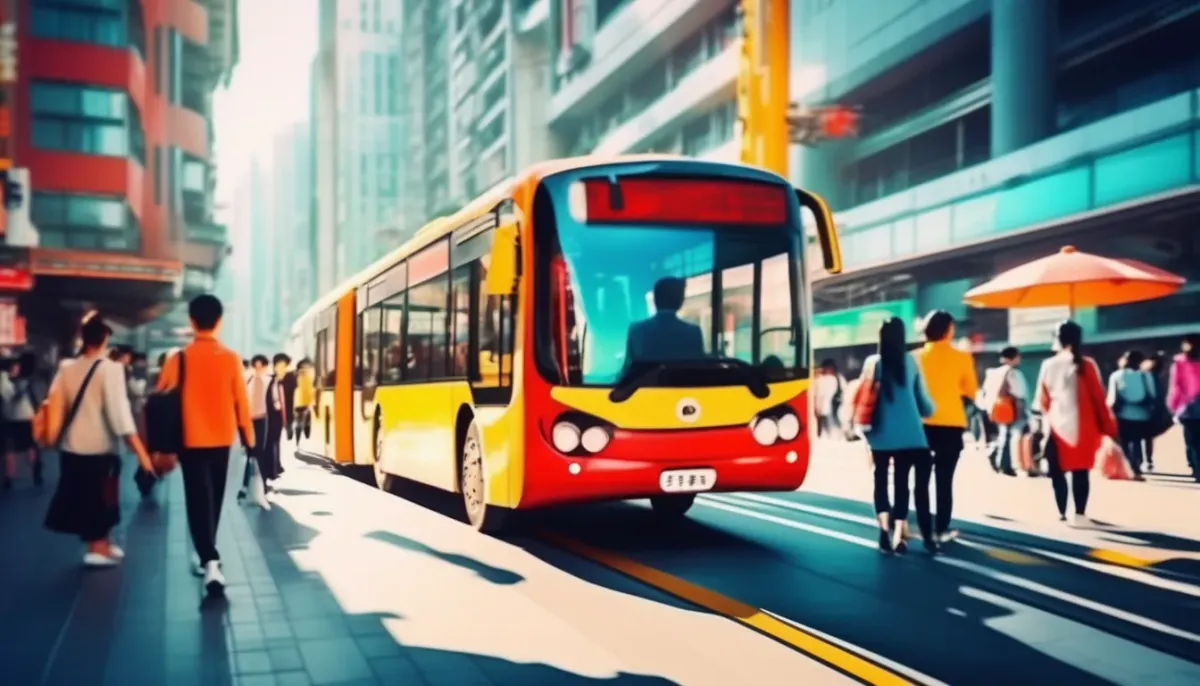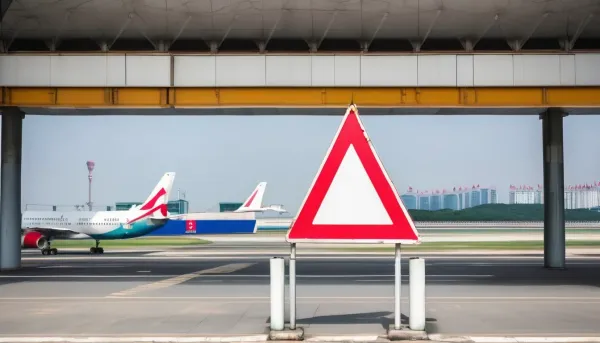Save Money and Travel Safely with China's Public Bus System
Discover the wonders of China affordably and conveniently with its advanced public bus system. Leveraging smart technology, the buses offer accurate, efficient, and eco-friendly travel. Enjoy seamless journeys with smart cards and mobile apps, ensuring a safe and enriching tourist experience.

When traveling in China, navigating the vast and bustling cities might seem daunting at first. However, China’s public bus system offers an efficient, cost-effective, and safe means of transportation for tourists. In this comprehensive guide, we will delve into the various advantages of utilizing the Chinese bus system during your travels, highlighting how it can enhance your experience while keeping your budget intact.
The Advantages of China's Public Bus System
1. Accuracy and Efficiency
China's public bus system, especially the smart bus systems, leverages cutting-edge technologies such as artificial intelligence, the Internet of Things (IoT), and cloud computing. These technologies have revolutionized bus operation scheduling, significantly improving the accuracy and efficiency of public transportation. By analyzing and predicting vast amounts of data, the system can formulate reasonable bus routes and schedules, ensuring that bus stop times and speeds are more stable and precise. Moreover, smart bus systems can synchronize buses with traffic signals, preventing congestion and delays, thus effectively reducing urban traffic jams and pollution problems.
2. Improved Commuter Experience
Another major advantage of the smart bus system is the enhanced commuter experience. With the use of smart cards and mobile apps, passengers are provided with precise and convenient bus services. Information about bus routes, schedules, and arrival times is clear and accessible, making travel more straightforward and enjoyable. For tourists unfamiliar with the local language and routes, this ease of access is invaluable.
3. Cost-Effective and Eco-Friendly
China’s bus system is not only efficient but also cost-effective and eco-friendly. Since the opening of the first bus line in 1906, China has developed the world's largest and cleanest urban public transportation system, effectively meeting the travel needs of its people. The bus system's extensive network and affordable ticket prices make it a budget-friendly option for tourists. Additionally, the use of electric and hybrid buses significantly reduces carbon emissions, contributing to a greener environment.
How to Utilize the Bus System as a Tourist
1. Planning Your Route
Before embarking on your journey, it’s beneficial to plan your route using available resources. Apps like Baidu Maps and WeChat provide detailed bus routes, schedules, and estimated travel times. These apps are user-friendly and often available in English, making them accessible for international tourists.
2. Using Smart Cards and Mobile Payments
In major cities like Beijing, Shanghai, and Guangzhou, tourists can purchase a transportation smart card, such as the Beijing Transportation Card or the Shanghai Public Transportation Card. These cards can be easily topped up and used for seamless travel across buses, subways, and even some taxis. Mobile payments through apps like Alipay and WeChat Pay are also widely accepted, offering a convenient cashless option.
3. Safety and Convenience
China’s public buses are equipped with modern amenities to ensure passenger safety and comfort. Many buses have surveillance cameras, GPS tracking, and real-time monitoring systems. Additionally, priority seating is available for the elderly, disabled, and pregnant women, ensuring a safe and respectful travel environment for all.
Exploring Different Cities by Bus
1. Beijing
Beijing’s bus system is extensive, covering nearly every corner of the city. Famous tourist attractions like the Forbidden City, the Great Wall, and the Summer Palace are all accessible by bus. The buses are frequent and punctual, and the cost is typically 2 RMB per ride, making it an economical choice for exploring the city.
2. Shanghai
Shanghai’s bus network is equally impressive, with over 1,000 lines crisscrossing the city. Tourists can easily reach iconic sites such as The Bund, Yu Garden, and Shanghai Disneyland. The use of electric buses in Shanghai ensures a quiet and environmentally friendly journey.
3. Guangzhou
In Guangzhou, the bus system connects tourists to landmarks like the Canton Tower, Chimelong Safari Park, and the historic Shamian Island. The buses are well-maintained, air-conditioned, and offer a comfortable ride even in the city’s humid climate.
Tips for a Smooth Bus Journey
- Language Assistance: While most bus stop names are displayed in both Chinese and English, it’s useful to have your destination written in Chinese to show the driver or fellow passengers.
- Peak Hours: Try to avoid traveling during peak hours (7:30-9:30 AM and 5:00-7:00 PM) to ensure a more relaxed and less crowded experience.
- Keep Small Change: Although many buses accept smart cards and mobile payments, having small change handy can be helpful, especially in less urbanized areas.
- Stay Alert: Always keep an eye on your belongings and be mindful of pickpockets, especially in crowded buses and tourist areas.
Conclusion
China’s public bus system stands out for its accuracy, efficiency, and user-friendliness, making it an ideal transportation choice for tourists. By integrating advanced technologies and offering extensive coverage, it provides a reliable and economical way to explore the country’s rich cultural heritage and modern marvels. Embracing the public bus system not only enhances your travel experience but also contributes to sustainable and eco-friendly tourism. So, next time you plan your trip to China, hop on a bus and discover the myriad of wonders this vast and vibrant country has to offer.



